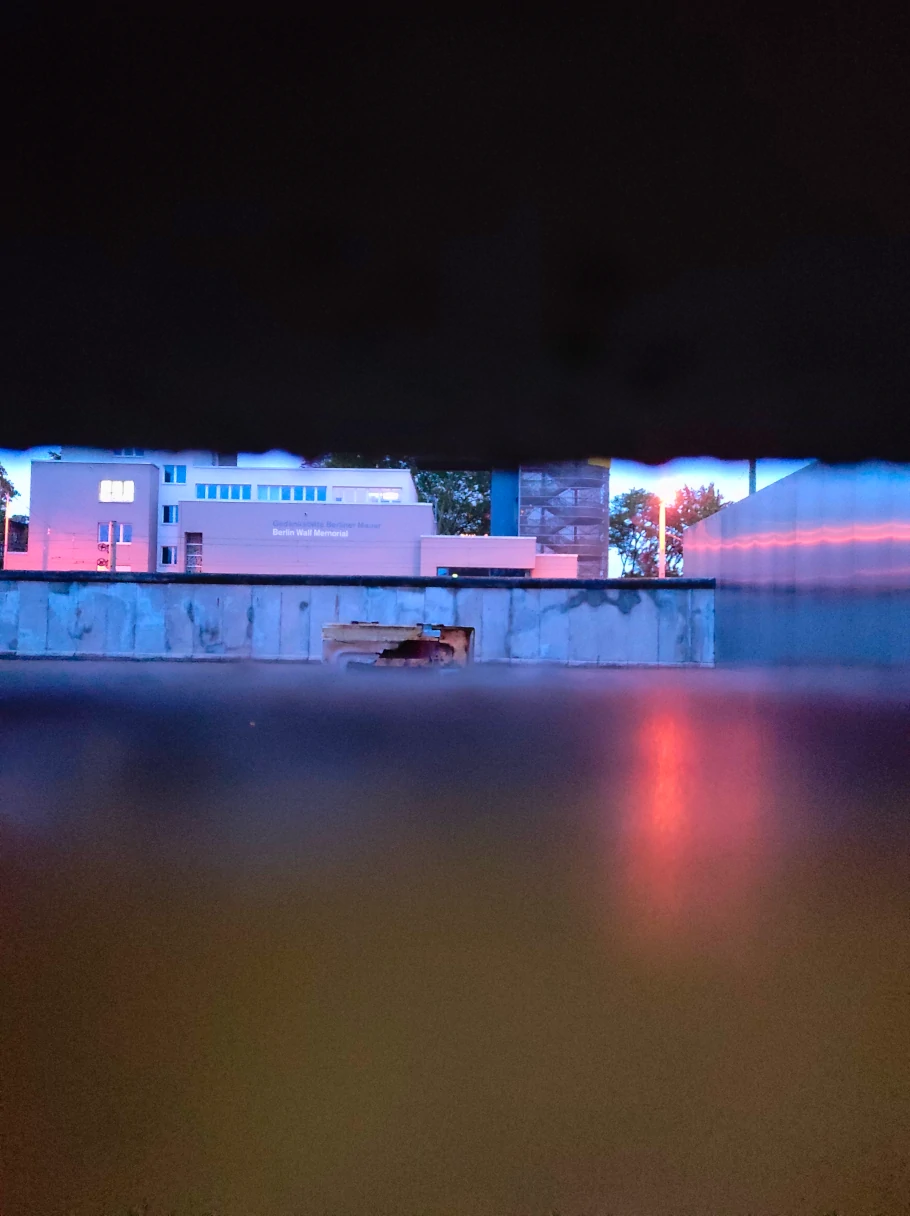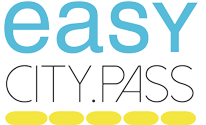 Photo: Stefanie Jost
Photo: Stefanie Jost
35 Jahre Mauerfall: Thilo, school kid in Berlin-Frohnau
A day that seemed like any other
It was November 9, 1989, a day that at first seemed like any other. I am in my room in Berlin-Frohnau, busy with a rather mundane task: finally, the children's wallpaper is to give way to a more grown-up version. I wallpapered the walls. While I spread the glue on the wallpaper, the radio plays quietly in the background. The 6 p.m. news, otherwise often ignored, everything as usual: politics, weather, maybe a few sports results. But suddenly something made me pause. The voice of Günter Schabowski (member of the Politburo of the Central Committee of the SED):
... GDR citizens should be able to apply for permanent exits and private travel without having to meet the conditions required until then, and permits would be issued at short notice. “When will this come into force?” journalists ask. Schabowski takes a short break. He is not quite sure, has to check again, and then he answers: “Immediately, immediately!”...
I thought I had heard wrong. We lived about 200 meters as the crow flies from the Wall in the northernmost part of Berlin Reinickendorf. In Frohnau. The border was a daily part of my life. If I wanted to go “into the city”, i.e. to Ku-Damm, it was only possible by S-Bahn, or by motorcycle “around the outside”. Changing trains at Friedrichstasse S-Bahn station. GDR border guards patrolled the platforms with guns. I always felt uneasy in this place. It seemed absurd - it had been there all my life and suddenly, that evening, it was going to fall?
Shortly afterward, the phone rings. It's my brother, who was living in Wedding on Tegeler Straße at the time. A stone's throw away from the Invalidenstraße crossing. We arranged to meet there in two hours, with the motorcycles.
The wallpaper and the prospect of a newly renovated “grown-up” room were forgotten. I got all my clothes together, it was early November after all and I wanted to go motorcycling. So leather trousers, an enduro jacket with lining, thick gloves, a scarf, and a balaclava under my helmet.
A great adventure!
Outside, the cold air hit me. It had been raining lightly for half the day and now it was just cold. But the view of the unknown other half of my city made me forget that.
I drove towards Wedding, to Invalidenstraße, where the border crossing was located. Even from a distance, I could see the crowds of people pushing their way to the crossing. An unstoppable stream of laughing, crying, cheering people. The border guards seemed overwhelmed, as if they could hardly believe that their time was over. They let us pass without much fuss.
Here I was now. A new city that had always been foreign and inaccessible to me. The contrast to West Berlin was immediately noticeable: the streets, the buildings - everything seemed grayer, quieter, almost like a different age. We weren't the only ones. I saw West Berlin cars, motorcycles, and pedestrians everywhere, wandering curiously through the streets.
I don't know exactly how long we were on the road. Maybe 3 hours. We stopped here and there and looked at our old Falk City map. There was always a little fear that we wouldn't be allowed back into West Berlin. But somehow it didn't matter. A great adventure!
The next day. Back to school. Alessandra, the daughter of the Italian ambassador in East Berlin, told us what was going on behind the scenes and how she was let through without being checked to get to school. Normal lessons were out of the question. Everyone talked about what they had done that evening. Curricula and teaching units were overturned. Televisions were wheeled into the classrooms to watch the news.
For days on end, I drove to the Brandenburg Gate in the afternoon to watch people dancing on the Wall and trying to tear it down with small hammers.
Read the other personal Wall stories from our community here.
